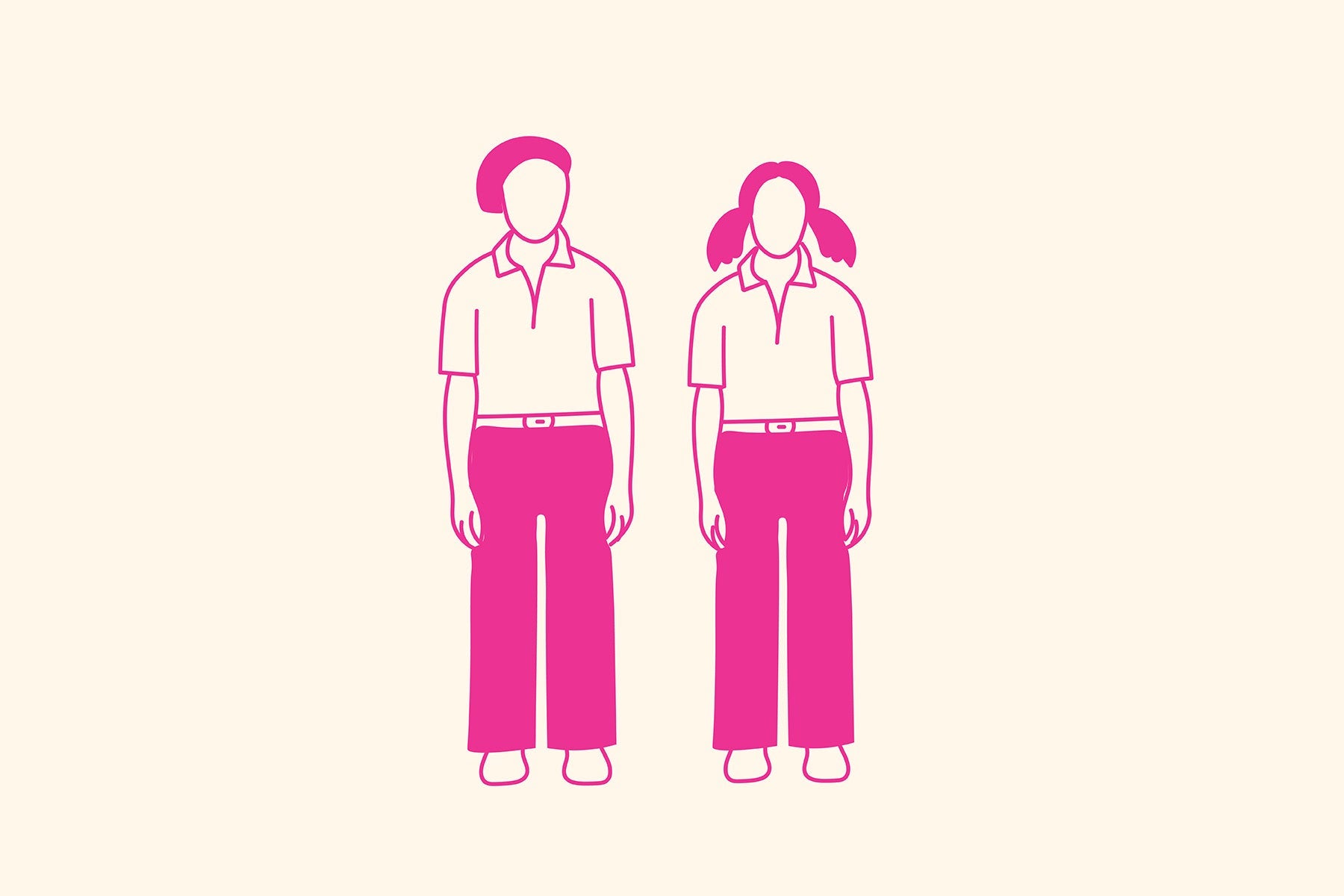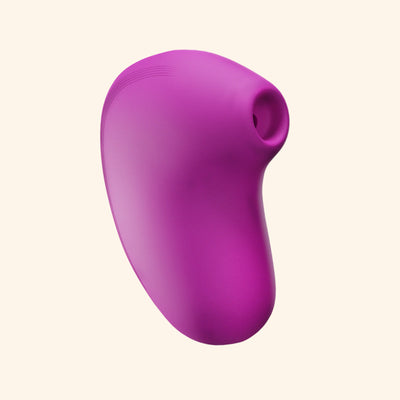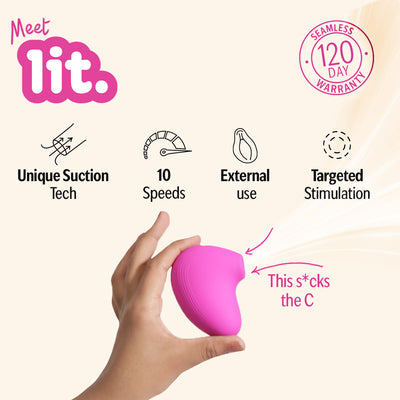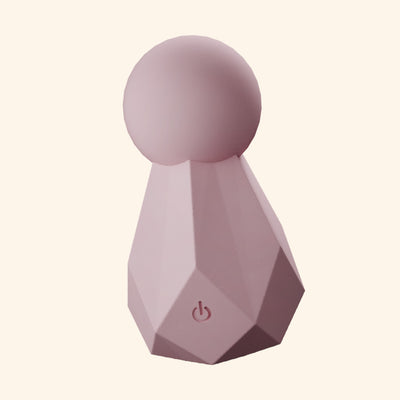Your cart is currently empty

Over a dozen schools in the state of Kerala have recently announced a shift to ‘unisex uniforms’ for their students. The move has been endorsed by the state’s government with Dr. R. Bindu, the State Minister of Higher Education, tweeting out that “students should be given access to education in a free environment, unhindered by the burden of society’s heteronormative expectations.”
She added that “gender neutral uniforms will help build confidence in our girls, several students have vouched for pants as the more comfortable clothing option.”
Could a piece of stitched clothing really make somebody of a marginalized gender feel more confident and empowered? This got me thinking back to my own experience wearing school uniforms and how they made me feel.
In school, I remember being prescribed pleated skirts for my assigned gender through middle school. I enjoyed wearing the skirt, and wore it above my knees. As an autistic person, I often find myself feeling overstimulated when clothes brush against various joints, which also get sweaty with physical activity. However, I also remember feeling dysphoric when my AFAB peers would compulsively talk about the importance of hair removal while wearing skirts that showed our legs. There would also be comments about how ‘Sunday was longer than Monday’ when my petticoat showed while I ran through the corridors or when my bloomers peeked through. I do not remember not wanting to wear skirts, but definitely wished that it didn’t matter how I presented while wearing them.
When I asked teachers if it was important to switch to wearing salwar-kameez in high school, they said that it was, because our shirts don’t cover out butts (but that’s why I’m wearing a skirt down there?)! The taunting remarks did not stop with that transition, though. As I was hitting puberty and loved playing sports, my mother bought me some sports bras and instructed me to wear them on days that I would be on the ground. The issue that people made out to be with this was when its straps bunched around my neck. When it would show, my well-meaning friends would look at me and say, ‘good morning’ – hinting at me to push it back beneath my clothes.
Another design hack that my mother devised to deal with my impatience with pins to hold the creased dupatta in place were shoulder straps with buttons – just wide enough for a neatly-pleated dupatta. I would stuff them in and go about my day. Except that they would ride up during the day to reveal, lo and behold, my bosom already clothed in layers of under as well as outer garments.
I can’t imagine how any of my aforementioned discomforts would go away with being asked to wear pants. In fact, it was only well into my adulthood that I allowed myself to discover the joys of wearing tiered skirts, wrap arounds, pinafores, sarongs, skirts with slits, pencil skirts, skirts that balloon when I twirl around in them until I’m giddy with joy.
Since clothes don’t inherently have gender, why do we still tend to see pants as being ‘unisex’ or ‘gender neutral’, while skirts, dresses, sarees, dupattas and other scarves are somehow gendered as feminine? Why must we all wear pants that cover our entire legs and shirts that don’t reveal our armpits or even *dun dun dunn* a lil’ side-boob! Why can’t boys be encouraged to wear skirts and girls to wear shorts (because it is only children of these 2 genders who go to school, amirite?)?
The answer that seems to be blowin’ in the wind is that it is because of the gaze. If we cover up our perceived identity markers in clothes, colours and other masks, then the expectation is that we will walk into our room without our gender identity. Except that in a world marinated in binary notions of gender, some of us want to reclaim our narrative instead of being expected to wear more armour around our identity and manner of expressing it.
To truly make schooling a safe space for children of all gender, it is important to undertake long-term systemic changes instead of merely fixing the optics.
For instance, sensitize staff members about the various gender identities and neurodivergences that they will encounter in the classroom.
Ensure that they have support when they need it - a yawning gap in Indian schooling where teaching remains a highly gendered profession as it is likened to child-care, and as a result, is also severely underpaid and understaffed.
Recruit community health-workers who are queer-affirmative and trauma-informed. This would include sex-educators, counsellors, somatics instructors and more. Obviously this would involve revamping the education budget - a tougher task that requires much political will than requiring students to buy a different set of clothing.
Making washrooms accessible and safe for all, with amenities for menstruators and all adolescents navigating the various bodily changes that puberty brings about.
Another way to make schools a safe space for learning would be to make accessibility a key aspect of all infrastructure - physical and otherwise. Ramps and elevators for mobility aids to safely move about, learning aids in the classroom that allow children with learning and developmental disabilities to find support in. After all, the double burden of being an AFAB and disabled is a feminist cause too!
So perhaps we shouldn’t be so quick to celebrate quick-fixes, which aren’t quite fixing anything…
----------
About the author:

Tejaswi is a media professional and researcher focused on pleasure & joy in areas of public health. Their attention is captured by post-colonial human relationships at a time of the Internet of Things.
Tejaswi is autistic and identifies as queer in more ways than one.










